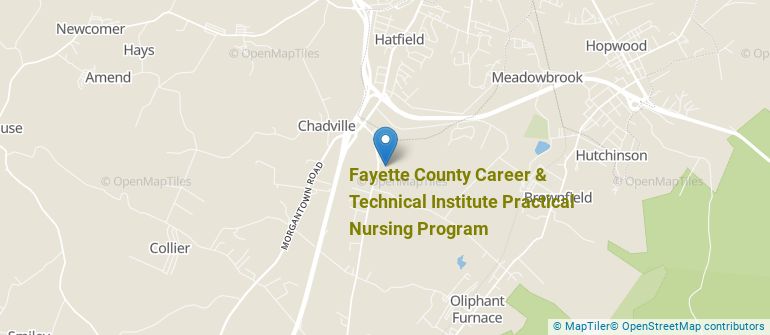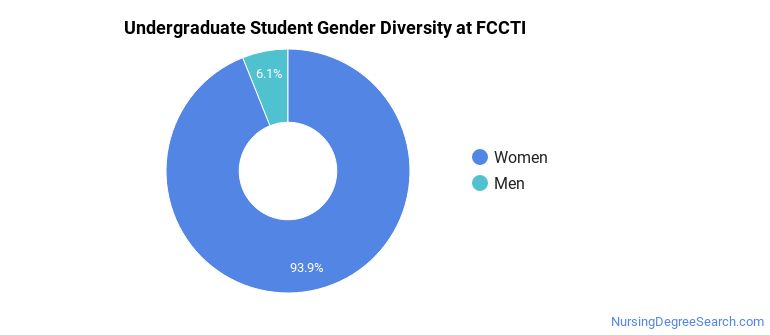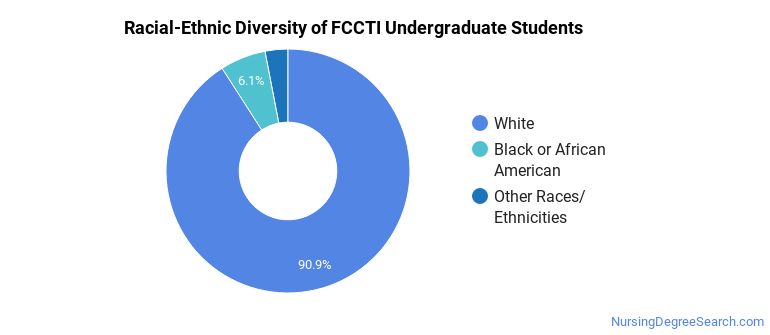Fayette County Career & Technical Institute Practical Nursing Program Nursing Programs
Located in Uniontown, Pennsylvania, Fayette County Career & Technical Institute Practical Nursing Program is a public institution. The rural area surrounding the school is great for students who prefer living in a country setting.
Where Is Fayette County Career & Technical Institute Practical Nursing Program?

Contact details for FCCTI are given below.
| Contact Details | |
|---|---|
| Address: | 175 Georges Fairchance Rd, Uniontown, PA 15401 |
| Phone: | 724-437-2721 |
| Website: | www.fayettecti.org |
How Do I Get Into FCCTI?
You can apply to FCCTI online at: www.fayettecti.org/
Can I Afford Fayette County Career & Technical Institute Practical Nursing Program?
Student Loan Debt
Almost 66% of college students who graduated with the class of 2018 took out student loans, but that percentage varies from school to school. At FCCTI, approximately 86% of students took out student loans averaging $9,874 a year. That adds up to $39,496 over four years for those students.
Fayette County Career & Technical Institute Practical Nursing Program Undergraduate Student Diversity
Gender Diversity
Of the 99 full-time undergraduates at FCCTI, 6% are male and 94% are female.

Racial-Ethnic Diversity
The racial-ethnic breakdown of Fayette County Career & Technical Institute Practical Nursing Program students is as follows.

| Race/Ethnicity | Number of Grads |
|---|---|
| Asian | 0 |
| Black or African American | 6 |
| Hispanic or Latino | 0 |
| White | 90 |
| International Students | 0 |
| Other Races/Ethnicities | 3 |
Fayette County Career & Technical Institute Practical Nursing Program Nursing Concentrations
The table below shows the number of awards for each concentration.
| Major | Undergraduate Certificate | TOTAL |
|---|---|---|
| Licensed Practical/Vocational Nurse Training | 32 | 32 |
| TOTAL | 32 | 32 |
References
*The racial-ethnic minorities count is calculated by taking the total number of students and subtracting white students, international students, and students whose race/ethnicity was unknown. This number is then divided by the total number of students at the school to obtain the racial-ethnic minorities percentage.
More about our data sources and methodologies.
